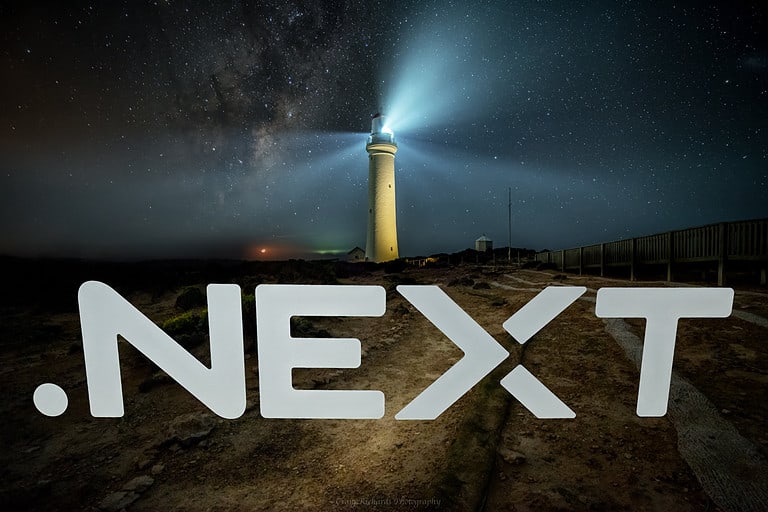Nutanix presented Project Beacon during .NEXT in Chicago. A project in which applications, but especially data, are decoupled from the underlying infrastructure. The goal of Project Beacon is that developers can develop an application and run it anywhere.
Currently, organizations can already run applications on different underlying environments. You can do that with VMs, but with Kubernetes you can even do it in a standardised way. You can quickly deploy application logic on all possible infrastructures. However, this can only be done at an infrastructure level. Many applications lean on PaaS solutions, which creates lock-in and makes moving applications difficult. That is what Nutanix wants to try to solve with Project Beacon. An application should be able to run in the most appropriate location based on cost, compliance, latency or other requirements.
Tip: What is Nutanix and how it conquers the hybrid and multi-cloud world
Nutanix focuses on data-centric PaaS solutions
Nutanix states, based on its own research, that 75% of organizations will be running applications on more than one infrastructure within 1 to 3 years. Accordingly, Nutanix plans to use Project Beacon to deliver proprietary data-centric PaaS solutions that allows applications to operate independently of an infrastructure.
Nutanix CEO Rajiv Ramaswami said, “Project Beacon is our vision for enabling developers to write applications once and run them anywhere by delivering data-centric PaaS level services that are no longer tied to a single infrastructure provider. We hope to enable enterprises to fully embrace the benefits of hybrid multicloud, not only at the infrastructure layer but also at the application data layer.”
To be clear, Nutanix will offer its PaaS solutions on its own Nutanix Cloud Infrastructure and but also start offering native support for AWS and Azure.
Nutanix Database Services
The first Nutanix data-centric PaaS solution the company is betting on is its database services that allows you to manage and upgrade your databases in an automated way. Nutanix Database Services have been available on its own Nutanix Cloud Infrastructure for several years (previously under the name Nutanix Era). Soon they will be available on Azure and AWS as well. You can then simply run a native VM on a hyperscaler containing a Nutanix managed database. You can run Postgress, Mongodb, Microsoft SQL server, Oracle and MySQL.
Currently, Nutanix is still rolling out all databases in VMs, but in the future these will undoubtedly become containers. The database software and the operating system are entirely managed, patched and optimised by Nutanix.
Nutanix Cache, Search and Streaming data
The next step that Nutanix will take is to offer PaaS solutions in the area of caching, search and streaming data. At this time, Nutanix does not want to say what kind of software it will support for this purpose. It does state that customer requirements will define those solutions, so popular solutions for caching, search and streaming will undoubtedly be supported.
Backup and disaster recovery are also part of Nutanix’s future PaaS offerings. The ultimate goal is to provide a solution that allows developers to quickly develop modern applications that can run on any infrastructure.
Is data the only form of lock-in?
We also asked Nutanix if data is the only form of lock-in? Applications are already easy to move with containers. Now Nutanix will enable moving data as well; what’s left? Some applications rely hugely on microservices or PaaS-based serverless functions. Those applications will still have a lock-in on specific platforms, for example, AWS. According to Nutanix, their own research and conversations with customers shows that data is the most significant form of lock-in. The vast majority of applications will become portable when data is decoupled from the infrastructure. However, exceptions will always stay. Nutanix does state that much serverless today is also increasingly container-based and, therefore, portable.
Availability of Project Beacon
The fact that Nutanix is still talking about Project Beacon gives it away a bit, but the availability of these new solutions is still some time away. We asked Nutanix if they could be more specific about this, but as of yet, we have not received a timeline. What is clear to us is that we do not need to expect these solutions in the next couple of months.
